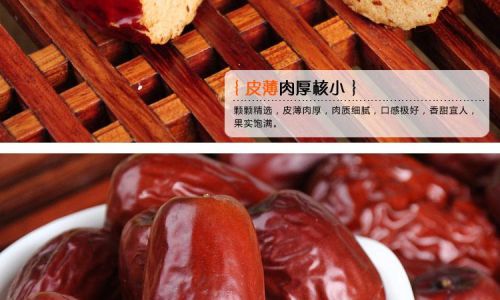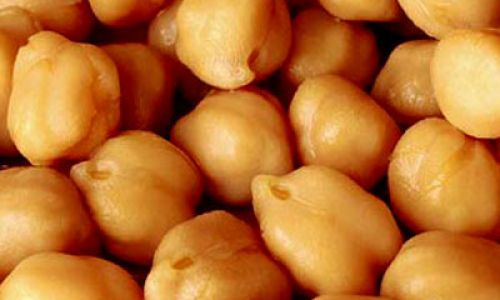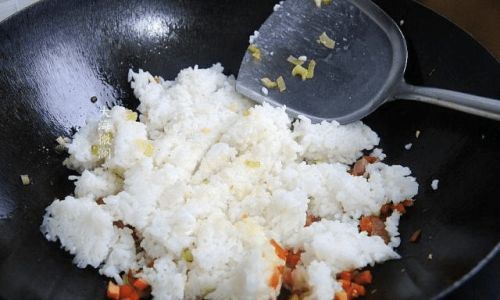Aksu, a region nestled in the heart of Xinjiang Uyghur Autonomous Region, China, is a land where desert meets oasis, and ancient Silk Road traditions blend with modern gastronomy. Renowned for its breathtaking landscapes, including the vast Tarim Basin and the towering Tian Shan Mountains, Aksu is equally celebrated for its rich culinary heritage. The region’s unique geography—a blend of arid plains, fertile oases, and high-altitude pastures—has nurtured a diverse array of agricultural products and livestock, resulting in a cuisine that tantalizes the senses with bold flavors, aromatic spices, and time-honored cooking techniques. This article explores the culinary treasures of Aksu, from hearty meat dishes to delicate sweets, highlighting the ingredients, cultural significance, and culinary craftsmanship that define this lesser-known gastronomic gem.
Aksu’s Agricultural Bounty: The Foundation of Flavor
Aksu’s cuisine is deeply rooted in its agricultural abundance. The region’s oases, watered by the snowmelt from the Tian Shan Mountains, provide fertile soil for growing a variety of crops. Aksu apples, renowned for their crisp texture and sweet-tart balance, are a point of pride. Grown in the region’s orchards, these apples are often enjoyed fresh, dried, or transformed into jams and juices. Another iconic produce is the Kuqa white pear, a juicy, fragrant fruit with a delicate flavor that thrives in the area’s temperate climate.
The region is also a major producer of walnuts, almonds, and pistachios, which are prized for their quality and flavor. These nuts are not only staples in local snacks and desserts but also exported globally, earning Aksu a reputation as a nut-producing powerhouse. Additionally, the region’s vineyards yield grapes that are used to make raisins, wine, and muhammar, a sweet, sticky syrup made from grape juice.

Vegetables such as tomatoes, onions, garlic, eggplants, and chili peppers flourish in Aksu’s oases, forming the backbone of many savory dishes. The combination of these fresh ingredients with locally sourced meat and dairy products creates a cuisine that is both hearty and nuanced.
Lamb and Mutton: The Heart of Aksu’s Meat Culture
In a region where herding has been a way of life for centuries, lamb and mutton reign supreme. Aksu’s pastoral heritage is reflected in its meat-centric dishes, which showcase the tenderness and flavor of grass-fed livestock. One of the most iconic preparations is roasted whole lamb (yangrou chuan), a dish reserved for special occasions and celebrations. The lamb is marinated in a blend of spices, including cumin, paprika, and Sichuan pepper, before being slow-roasted over an open fire until the skin is crispy and the meat falls off the bone.
Another beloved dish is stir-fried lamb with cumin (xiangcui yangrou), a quick-cooked stir-fry that highlights the meat’s natural flavors. The lamb is sliced thinly and tossed with cumin seeds, chili flakes, garlic, and fresh herbs, resulting in a dish that is both aromatic and intensely savory. For a more rustic experience, hand-pulled noodles with lamb stew (da pan ji) offers a comforting blend of tender meat, thick noodles, and a rich broth simmered with carrots, onions, and tomatoes.
Pilaf: The Quintessential Xinjiang Staple
No discussion of Aksu’s cuisine is complete without mentioning polo (pilaf), a rice dish that embodies the region’s culinary identity. Aksu-style pilaf is a feast for the eyes and the palate, featuring fluffy basmati rice cooked with lamb or chicken, carrots, onions, and raisins. The dish is often garnished with barberries, almonds, or pistachios, adding bursts of tartness and crunch.
The preparation of pilaf is an art form, with each family and restaurant having its own secret blend of spices. The rice is typically sautéed in lamb fat before being layered with meat and vegetables, then simmered until the flavors meld. The result is a harmonious balance of sweet, savory, and aromatic notes, making pilaf a centerpiece of every feast.

Dairy Delights: From Kumis to Yogurt
Aksu’s dairy products reflect the nomadic roots of its people. Kumis, a fermented mare’s milk, is a traditional beverage with a slightly effervescent and tangy flavor. Though an acquired taste, it is believed to have probiotic benefits and is often consumed during festivals or as a digestive aid.
More universally loved is yogurt (suan nai), which is made by fermenting cow’s or goat’s milk. Aksu’s yogurt is thick, creamy, and slightly tangy, often served with honey, fresh fruit, or nuts. It is also used as a base for cold soups and sauces, adding a refreshing contrast to spicy dishes.
Noodles and Breads: Carbs of the Desert
In a region where physical labor is part of daily life, carbohydrates are a vital energy source. Aksu’s noodle dishes are as diverse as they are delicious. Laghman is a hand-pulled noodle dish tossed with stir-fried vegetables and meat, while manta are steamed dumplings filled with spiced lamb or pumpkin.
Bread, however, is the true cornerstone of Aksu’s diet. Naan (nan), baked in traditional clay ovens called tandirs, comes in various forms, from the classic round flatbread to the flaky, layered girdan nan. These breads are often brushed with butter or sprinkled with sesame seeds before baking, resulting in a golden, aromatic crust.
Snacks and Street Food: Bite-Sized Delights
Aksu’s streets are alive with the aroma of sizzling skewers and freshly baked treats. Kebab (kao rou) is a ubiquitous snack, with chunks of marinated lamb or beef grilled over charcoal and served with naan and pickled vegetables. For a lighter option, samsa are flaky pastries filled with spiced meat or pumpkin, baked until golden brown.

Jianbing is another popular street food—a savory crepe made from mung bean flour, filled with eggs, scallions, and chili sauce. It is a quick, satisfying meal for those on the go.
Sweet Endings: Desserts and Teas
Aksu’s desserts are a celebration of simplicity and natural sweetness. Nut cakes (he tao gao) are made by grinding walnuts or almonds into a paste, mixing them with honey or sugar, and baking them into dense, chewy bars. Baklava-like pastries, filled with nuts and soaked in syrup, are also common, reflecting the region’s historical ties to the Middle East.
Tea is an essential part of Aksu’s hospitality. Black tea (hei cha) is often served with milk and sugar, while mint tea (pu er cha) offers a refreshing palate cleanser. During winter, mulled wine (re jiu) made with local grapes and spices like cinnamon and cloves is a cozy indulgence.
Cultural Significance: Food as a Bridge
Aksu’s cuisine is more than just sustenance—it is a reflection of the region’s history and cultural exchange. As a former stop on the Silk Road, the area has absorbed culinary influences from Persia, Central Asia, and China, resulting in a fusion of flavors and techniques. Dishes like polo and kebab bear witness to this cross-cultural dialogue, blending local ingredients with foreign spices and cooking methods.
Food also plays a central role in Aksu’s social fabric. Feasts are occasions for storytelling, music, and dance, with dishes like roasted lamb and pilaf symbolizing abundance and generosity. Even everyday meals are shared family affairs, with multiple generations gathering around a single platter to break bread and bond.

Modern Innovations: Preserving Tradition in a Changing World
While Aksu’s cuisine remains deeply rooted in tradition, modern chefs and food entrepreneurs are finding new ways to showcase its flavors. Restaurants in cities like Aksu and Kuqa are experimenting with fusion dishes, such as lamb tacos with Uyghur spices or apple-infused cocktails. Meanwhile, e-commerce platforms are helping local producers reach global markets, allowing Aksu’s apples, nuts, and saffron to grace tables far beyond Xinjiang.
However, the region’s culinary future is not without challenges. Climate change, urbanization, and shifting dietary preferences threaten traditional farming practices and recipes. Efforts to document and preserve Aksu’s culinary heritage—through cookbooks, cultural festivals, and culinary tourism—are therefore critical to ensuring that these flavors endure for generations to come.
Conclusion: A Feast for the Ages
Aksu’s cuisine is a testament to the resilience and creativity of its people. From the smoky aroma of roasted lamb to the sweet tang of fermented yogurt, every dish tells a story of survival, adaptation, and celebration. As the world becomes increasingly interconnected, Aksu’s culinary treasures offer a taste of authenticity—a reminder that even in the heart of the desert, nourishment and flavor can flourish. Whether savored in a bustling night market or a quiet family home, the foods of Aksu are a journey worth taking, one bite at a time.





0 comments